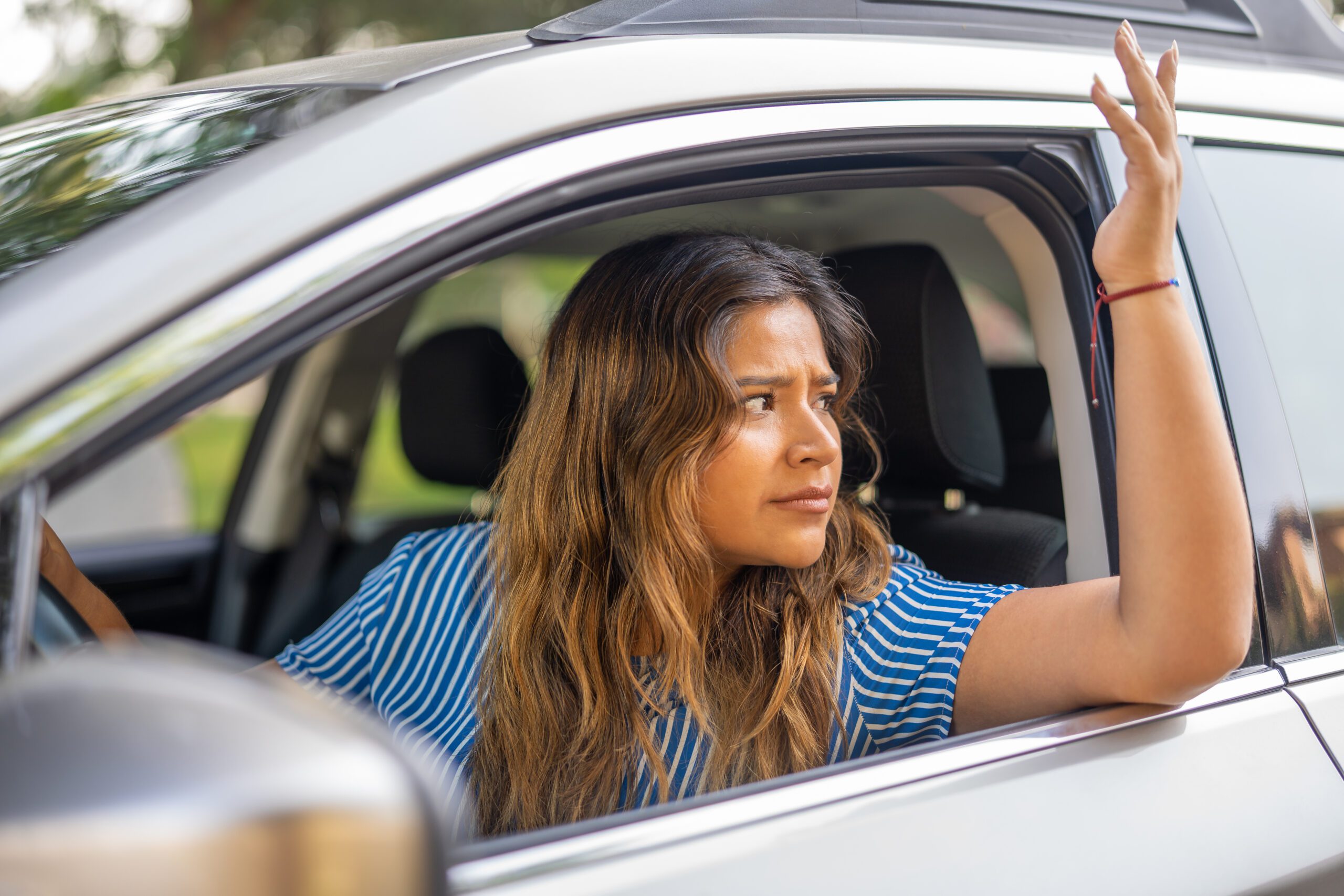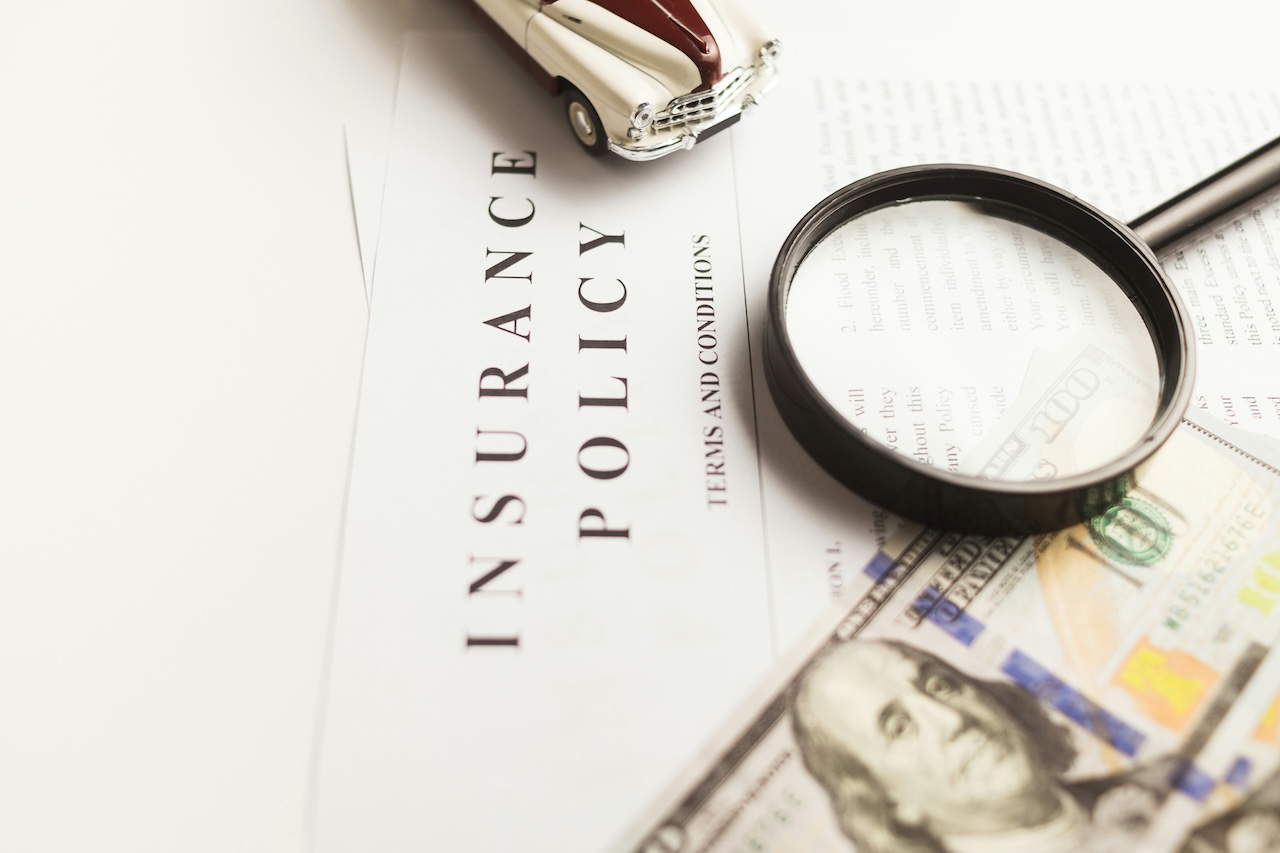Despite advancements in automotive safety features, car accidents remain a persistent aspect of American life. Worse, most automobile accidents are not caused by faulty vehicles or acts of God but by human error. Distracted driving is a chief culprit in car accidents when drivers split their attention between driving and other tasks, whether eating, texting, passing a snack to a child, or something else. Here are some common distractions that can lead to car accidents and what they mean for personal injury claims.
What Are Some Common Types of Distractions?
According to the Centers for Disease Control and Prevention, there are three main categories of distracted driving: visual distraction (taking eyes off the road), manual distraction (taking hands off the wheel), and cognitive distraction (taking mind off driving task). But more specifically, here are some distracted driving behaviors that can lead to car accidents:
- Cell phone usage. Phones dominate modern life, and their chimes and buzzes stimulate dopamine, the feel-good chemical because they mean a new text, email, social media, or something else. The temptation to text back, like a social media post, or even change the music on a phone can feel nearly impossible to resist. But smartphone usage can be the perfect storm of all three categories of distracted driving behaviors: it takes eyes off the road, hands off the wheel, and minds off driving. The results can be disastrous. On top of that, holding a mobile device while driving is now against the law in Virginia.
- Reaching for something in the car. In a perfect world, drivers would have three hands: two for the steering wheel and one to feed them French fries, pick up the lip balm they dropped, hold a phone to their ear, grab their sunglasses from the backseat, or fish a napkin out of the glove compartment. Unfortunately, though, most drivers have two hands and they should be using both to drive to avoid manual distraction. But not necessarily at 10:00 and 2:00, as traditional wisdom teaches. The invention of modern airbags can slam a driver’s hands into their face in the event of an accident, causing injuries when the airbags deploy.
- Looking at things outside of the car (besides the road). Let’s face it: Roads are boring. When driving, the outside world moves by, almost like a movie, and there are many fascinating things besides black asphalt and yellow lines. But spend too much time staring at anything besides the road, whether it’s a rude driver, a funny billboard, a wreck, trying to figure out what a license plate means, or an attractive pedestrian, increases your chances of being involved in an accident. These are all examples of visual distractions and anytime you are looking at anything other than the road ahead, a wreck is more likely.
- Daydreaming. Even allowing minds to wander too much from the task of driving (cognitive distraction) can lead to accidents. Daydreaming about upcoming vacations, remembering embarrassing moments from last night’s party, or even meditating or praying can increase the likelihood of
- Driving with children. Children, especially small children, are distraction machines. Like phones, children can divert attention from the road and activate all three distracted driving categories: visual (“Daddy, look at me!”), manual (“Can you hand me my toy?”), and cognitive (“How do cars work?”). If another adult or older child rides along, the driver should delegate child management to them. If not, it’s best to ensure that the kids have something to occupy them and that snacks and toys are within their reach. If you must attend to your child’s needs, it is best to find a safe place to stop before diverting your attention from the road. Even though parents can sympathize with other parents distracted by children, multi tasking while driving means distracted driving. And if that leads to an accident, they should be held accountable.
What Age Group Has the Greatest Proportion of Distracted Drivers?
Common sense would suggest that teenagers are the most distracted drivers, but surprisingly, they are not. While teenagers 15-19 years old account for around 6% of deadly distracted driving accidents, it is the 25–34-year-old age group that is involved in the deadliest distracted driving accidents. Perhaps unsurprisingly, the least distracted drivers are those 75+ years old.
How Can a Distracted Driving Case Be Proven?
Few people want to admit that their own distracted driving caused an accident. Because of this, proving that an accident was caused by distracted driving can be challenging, so evidence is key. For instance, if there are any eyewitnesses to the accident, it is important to get their contact information immediately so they can testify if needed. If you believe that the accident was caused, in part, by phone usage, your attorney can obtain the driver’s phone records as evidence.
If a distracted driver in Virginia has injured you or a loved one, Huffman & Huffman Brothers-in-Law can help. Your initial consultation is free, and you will meet not with an intake professional like at other firms, but with an expert personal injury lawyer. They will review the accident details with you, answer any questions you may have, provide you with your options, and set everything in motion to obtain compensation on your behalf for your medical bills, lost wages, and pain, suffering, and inconvenience.
Contact one of our expert personal injury lawyers today to discuss your distracted driving car accident case. Contacting us for advice will cost you nothing but could cost you thousands if you don’t. Let our family help your family.
 Text Us
Text Us  Call Us
Call Us 







